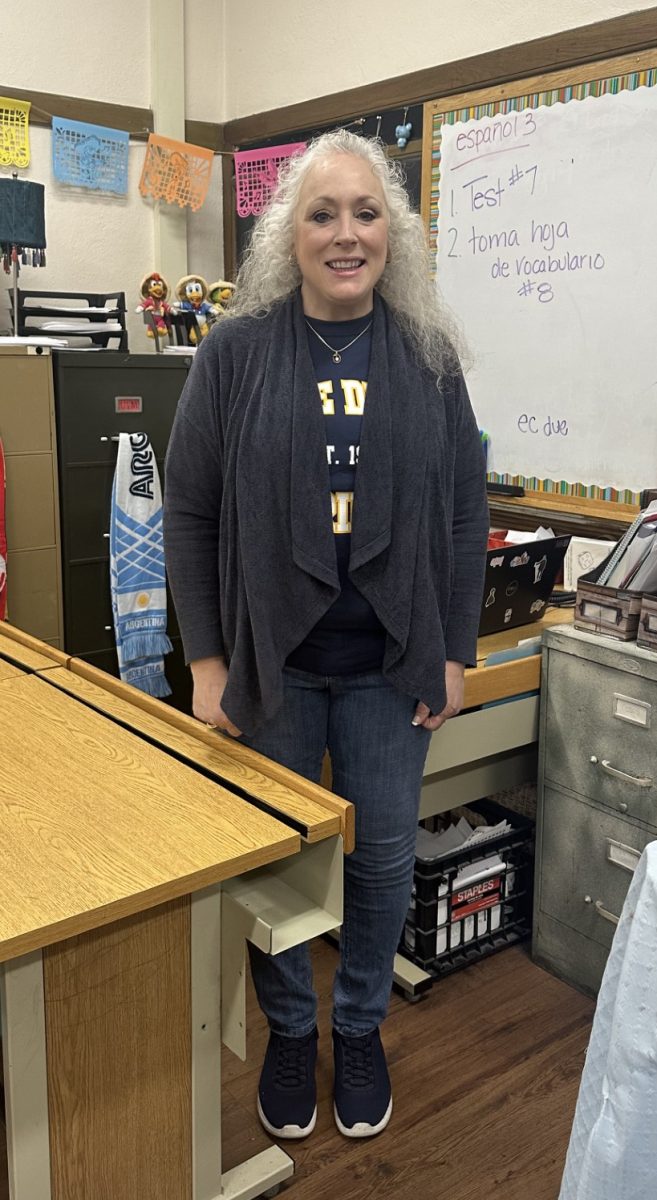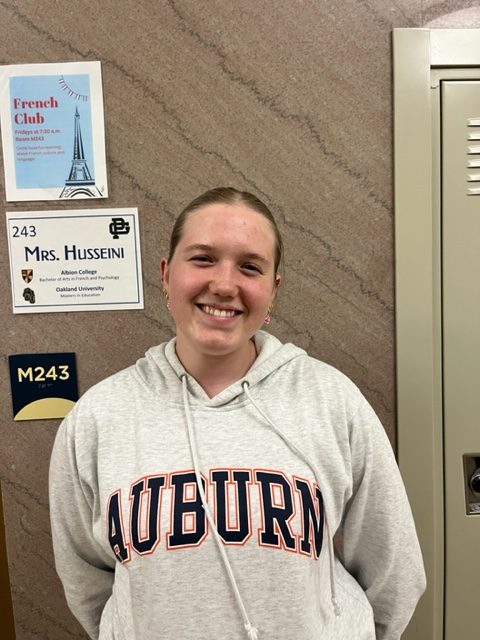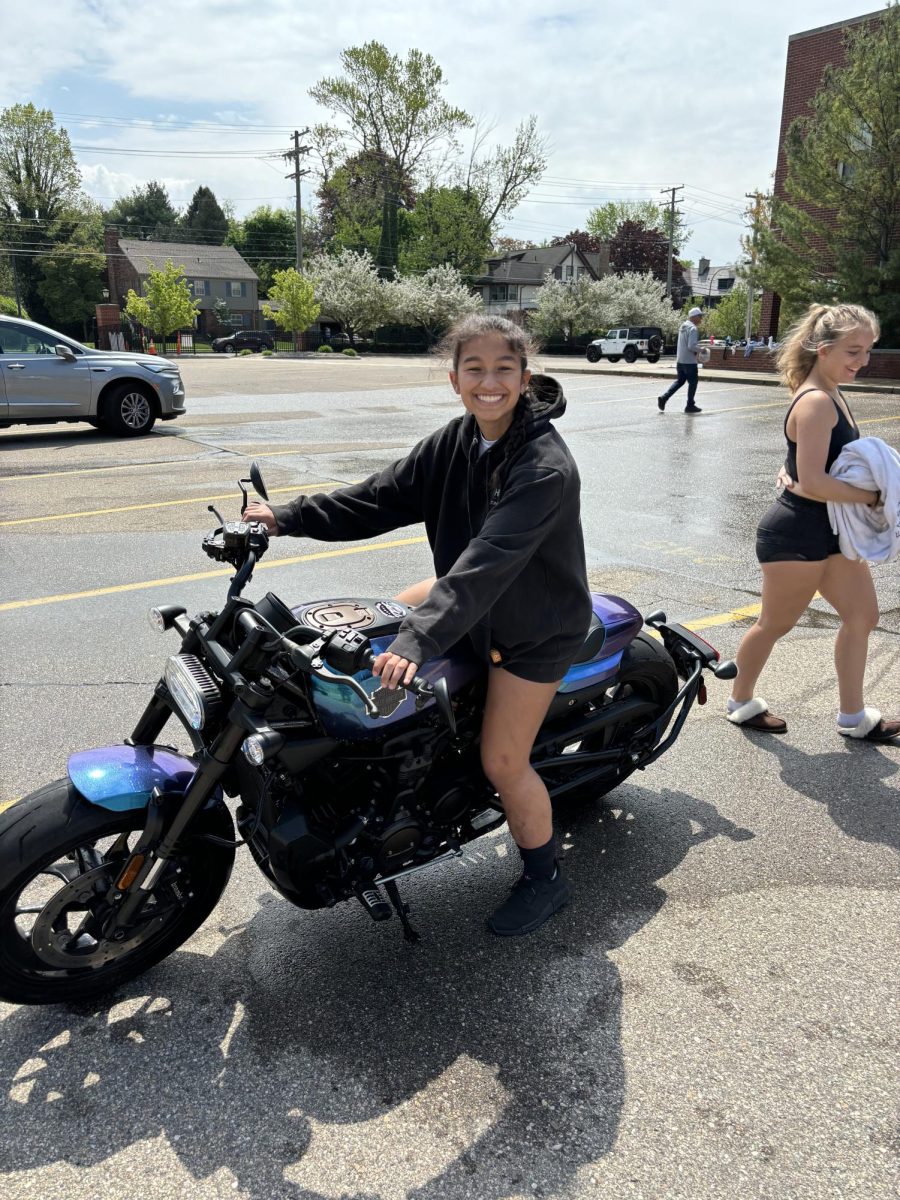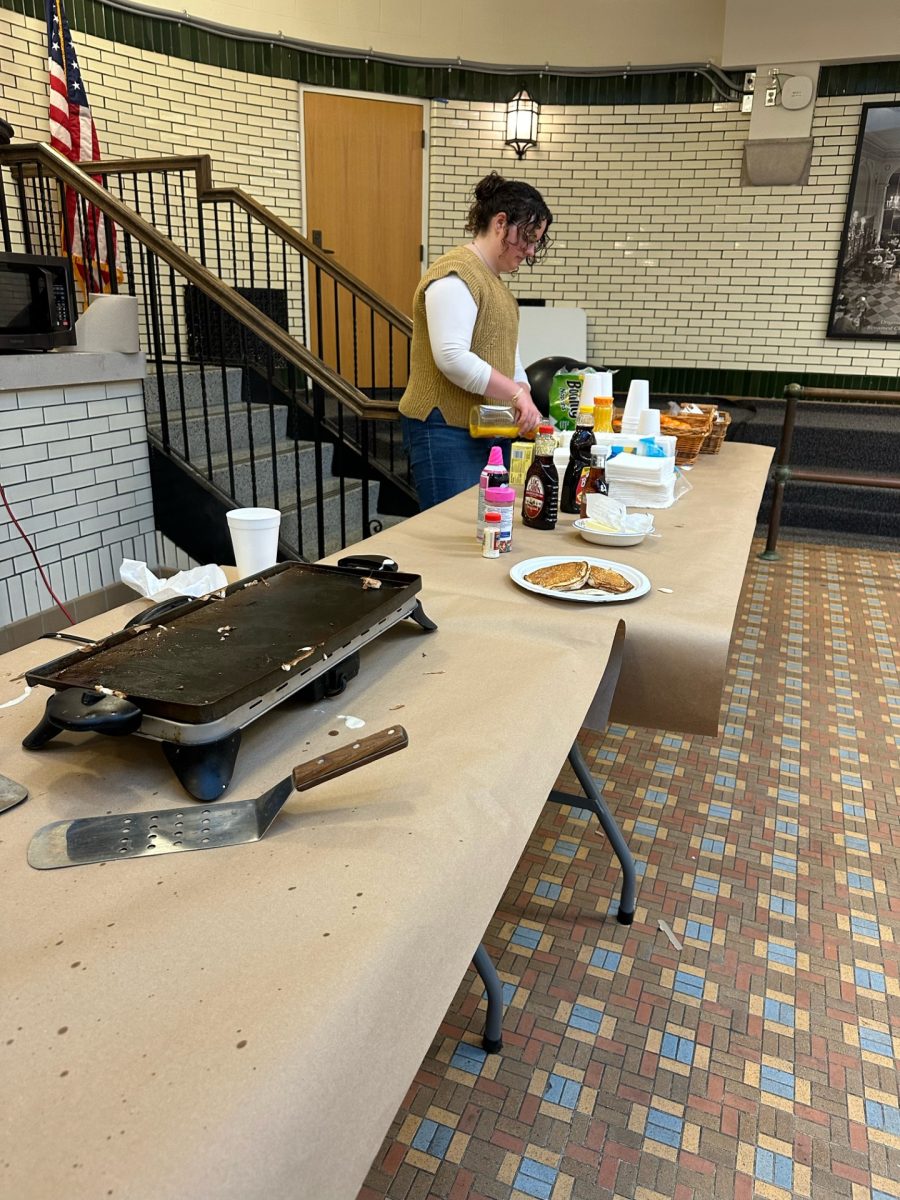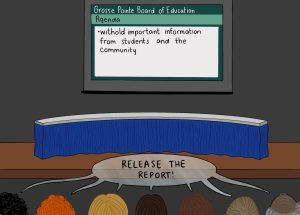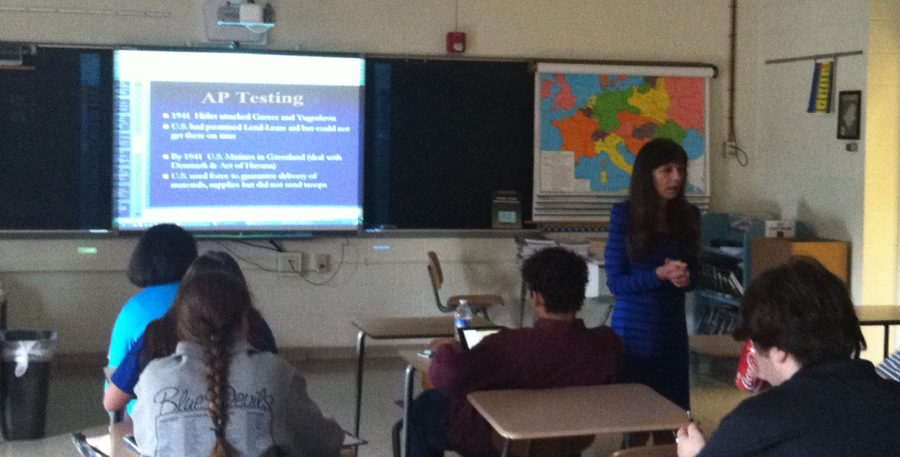Marissa Day ’14 | Managing Editor
It’s that time of year again, that awkward segment into fourth quarter where homework is piling up and AP tests are becoming a priority in students’ free time. This year, testing lasts from May 6 to May 17, with student enrollment in up to 18 AP courses. Whether it’s AP Environmental Science or AP Spanish V, teachers said they are confident they have prepared students for success.
“I don’t think (students) really have a whole lot of misconceptions from my perspective because I’ve prepared them,” said AP Environmental teacher Shawn McNamara. “What I’ve heard in the past was that the test was as expected or even somewhat easier to handle.”
The AP Environmental test includes 90 minutes of 100 questions of multiple choice and 90 minutes to complete four free response questions (FRQs) that include algebraic problems, which means no calculators, McNamara said. Although that is disconcerting to students, McNamara said his students have worked hard in class the whole year, students know what to expect from the test.
“Whenever we do a free response question, we analyze it and break it down (and look at) how you can do it better,” said McNamara. “At this point, I’m confident they know how to answer one. The only question is do they know the content.”
Writing is an integral part to all AP tests, many in the form of FRQs which are questions given to students that simply ask them to get directly to the point. Many tests have multiple FRQs or essays, totaling three or more depending on the test.
For AP German V teacher Lisa Richman, South students have always done well with writing because the school has always emphasized writing in English. When good writers are able to successfully convey their thoughts in another language, they stand out to the teachers that evaluate their essays.
“With German, it’s a five year program that we accomplish in four years. Right away in German I, we start doing some of the types of activities (seen on the AP test). We try to do things right from the very beginning and that helps prepare for it.”
AP Spanish V teacher Cindy Morefield-Pinder agrees that writing is a strong area for South students. However, one area that usually takes students by surprise is the speaking portion of the test. For Spanish V, there are two listening sections where students have to listen to passages and respond, as well as talking into a recorder for two minutes.
The sections students tend to do poorly on is the conversation and speaking section. Since students only have Spanish V for an hour each day, it is difficult finding time outside the school day to practice speaking on a regular basis, Morefield Pinder said. Students are limited to their experiences with the teacher and their classmates only. One way to combat this is to study outside of class by watching videos and practicing the language daily.
“They need to make sure they’re watching videos and movies and just integrate themselves into the language,” said Morefield-Pinder. “I think it’s just best to watch movies and do lots of stuff and that they’re just immersed in the language.”
Alexa McConaghy immerses her students into their material in a few different ways. AP Calculus, the only AP math class offered at South requires copious amounts of studying, much of which is memorization of concepts that students have to apply on FRQs.
“There are a lot of things that (students) just need to flat out memorize,” said McConaghy. “So throughout the year what I’ll do in order to help them memorize is stand in the doorway and (I) won’t let them enter the class until they can tell me some of the things that they have to memorize.”
For the couple of weeks leading up to the test, McConaghy has students do several practice tests during the class period. Students have to take a large portion of the test without a calculator, so it comes down to testing students to see if they know the content and can apply it to the test.
In order to help her students fully understand the concepts they need to memorize, McConaghy gives them a practice test where they have to write down everything they know in the time she allots. This helps students see what they do and don’t know, and narrows down how much time they need to spend learning different terms.
While AP tests are something that have to be taken seriously, sometimes students don’t know when to draw the boundaries, McConaghy said. Students worry that if they don’t know the answer to a couple questions that they won’t get a five, but the grading scale for the AP tests differs from the standard test given in a regular class.
“When I gave them their first packet, students were concerned because they didn’t know how to do a couple of (problems),”said McConaghy. “I said to them, ‘It’s not like you need to get a 90 percent to get five, that’s just not how it works.’ Every year the AP readers kind of recalibrate their scores so it ends up being around a 60-65 percent of what you need to get a five.”
The most important thing to remember is not the score people want on the test but taking care of themselves the days leading up to it, McConaghy said. Students need to make sure they get enough sleep and don’t cram in studying the night before. Also, the best thing to do is let things go if they are out of your hands.
“Take care of the things that you can control,” said McConaghy.



